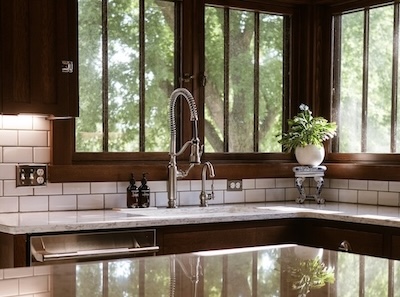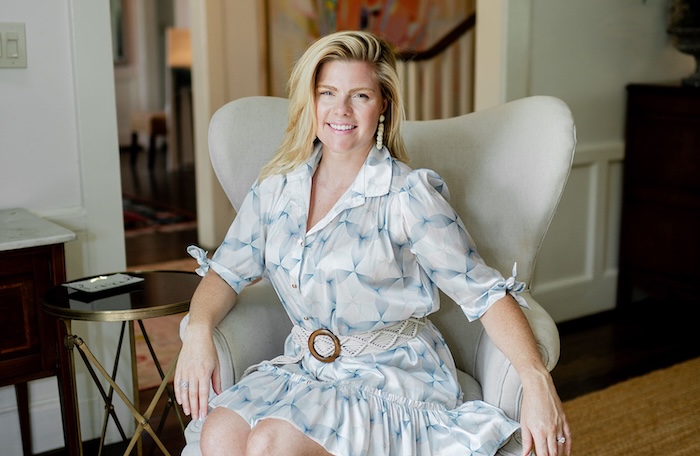Selecting art for your home can be somewhat of an overwhelming experience. If you don’t already have a collection established or have an eye for it, it can be extremely difficult for people to know where to start. As an interior designer, and artist, I’ve been able to hone in on this particular topic not only for myself but for my clients as well.
Identifying Your Interests and Finding Inspiration
I usually start with style and/or composition. We need to figure out what is visually compelling to you. What are you drawn to? What do you like or dislike about certain pieces?
I have a multitude of coffee table books on interior designers, artists, fashion people, and the homes that they live in. I look through for inspiration on something I might want in my living room.
Pinterest is also a helpful tool for trying to refine what particularly motivates you. It can seem a little bit ridiculous at first, but it’s all about the people you follow who curate what you see. Find somebody that you think has really good taste—find a coffee table book that you like, follow that individual, and go down their friends list to see who they follow. Follow a couple of them as well. This will help you introduce images to your feed that align with your aesthetic.
Deciding Placement and Avoiding Predictability
First, I would see what I like and then second, I would consider the room in which it is in. If you have a super busy room with color, wallpaper, trim, and ornate molding then I would lean towards a piece that is more simplistic in style while still relating to the room and some sort of color story.
One thing I always try to steer clients of is matching a piece of art to a color in the room. To me, this looks predictable, formulaic, or contrived, and I always want art in my home to look and feel as if it was collected over time and happened to be a similar shade of color that the room it is in. Most really well-done Interiors have the same vibe. So, have a similar color story or a complementary color story, but I would steer clear from attempting to match it exactly. You don’t want it to look like it’s pre-ordered out of a catalog.
Choosing the Right Color
The next step I would work on is color. I tend to not use a lot of color in the art in my own home. I move a lot, I change things around a lot, and I don’t want to be stuck with something that I can’t use in another space when I choose. I typically stick to somewhat neutral colors or pastels, and maybe interject small pieces of that crazy blue that I like.
This works well for me. Everything that I have has worked in a flat roof all glass, modern house, and a traditional white brick farmhouse in the country. I do, however, allow myself to take risks, and there are some pieces that are splashed in full color. These pieces are typically smaller in scale, so if I’m transitioning out of that, they can always go in a powder room or guest bedroom.
Finding Favorite Artists
As far as finding artists, not all of the art in my home is mine. A great deal of it is not. Instagram has been an amazing tool for me in finding other artists whose work I have in my home. It also takes a little bit of time and work away from having to go to gallery after gallery searching and hunting. If you like them on Instagram, then you can hone in on galleries that have their work and go see it in person.
Whenever traveling, I’ll always look for small little shops that might have charcoal drawings, etchings, or paper pieces. This is a way of remembering that trip but without a cliché Eiffel Tower picture hanging in your kitchen.
Framing and Finalizing
Almost every single one of my canvas pieces in my own home is done with a simple museum frame with a shadow edge. For me this lets the painting shine without having to fight with the frame. It also transitions well between modern interiors and traditional interiors. The best part is, it’s probably your least expensive option. With that being said, I’ve broken the rule with some pieces. But, if I have a super ornate frame, I typically pair it with a more simplistic painting, as far as composition, or a neutral piece in color. This assures that there will only be one star shining instead of two fighting for the microphone.
Choosing the Right Size
I don’t typically like undersized or smaller art. It’s easy for me to say since I can paint it, but I do think that it can make the space feel like it’s an afterthought—that maybe you inherited that painting over the sofa from your grandmother. I would suggest going larger rather than smaller.
There are two things I always do with a client. First, I draw the wall to scale and cut out two or three sized squares and move them around on the paper to see what you’re comfortable with. Draw your sofa, sketch out your lamps, and then see how comfortable you are with a painting being over the sofa. Second, I get blue painter’s tape and tape up the sizes, considering them on the wall itself to see it to scale in person.










